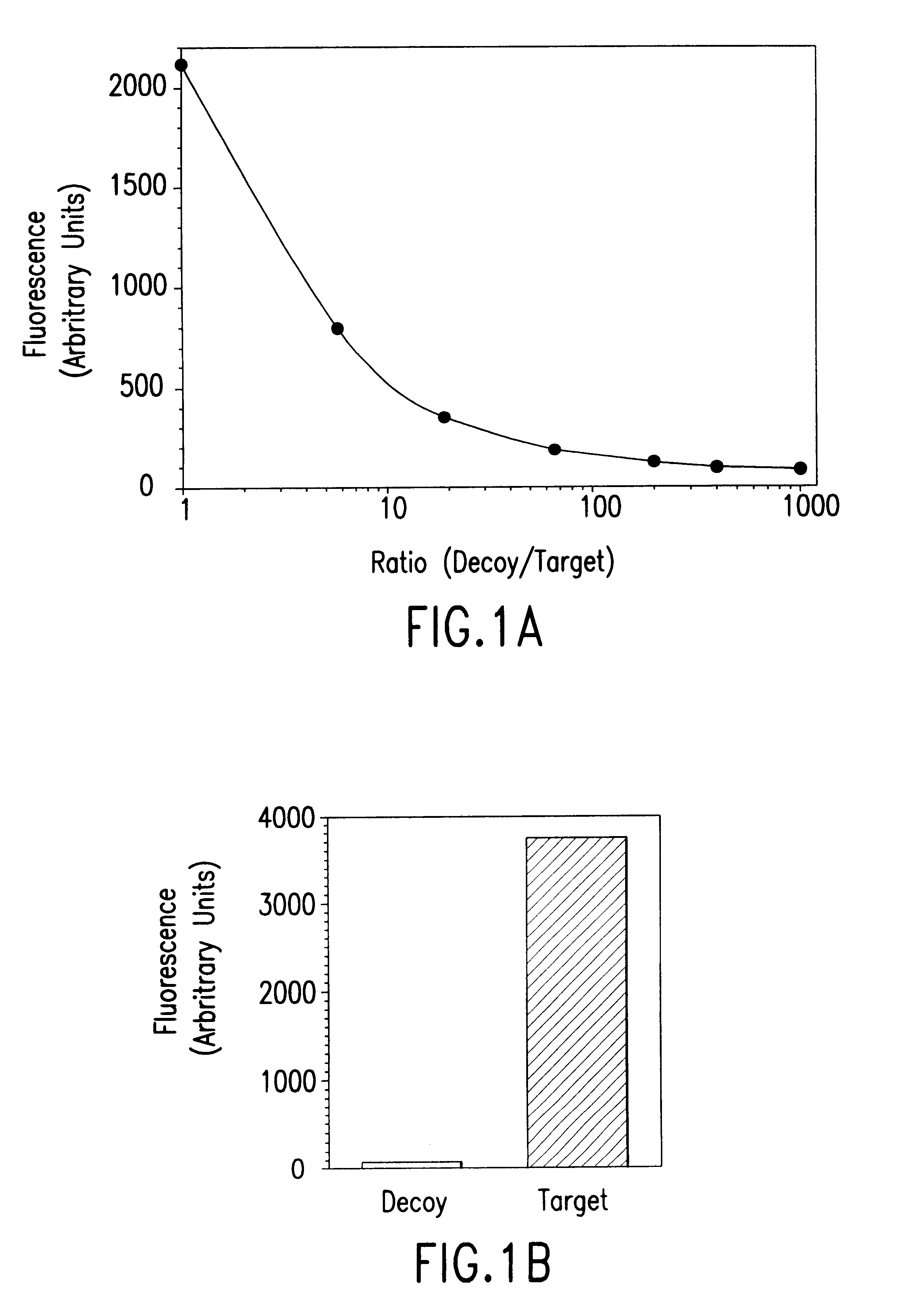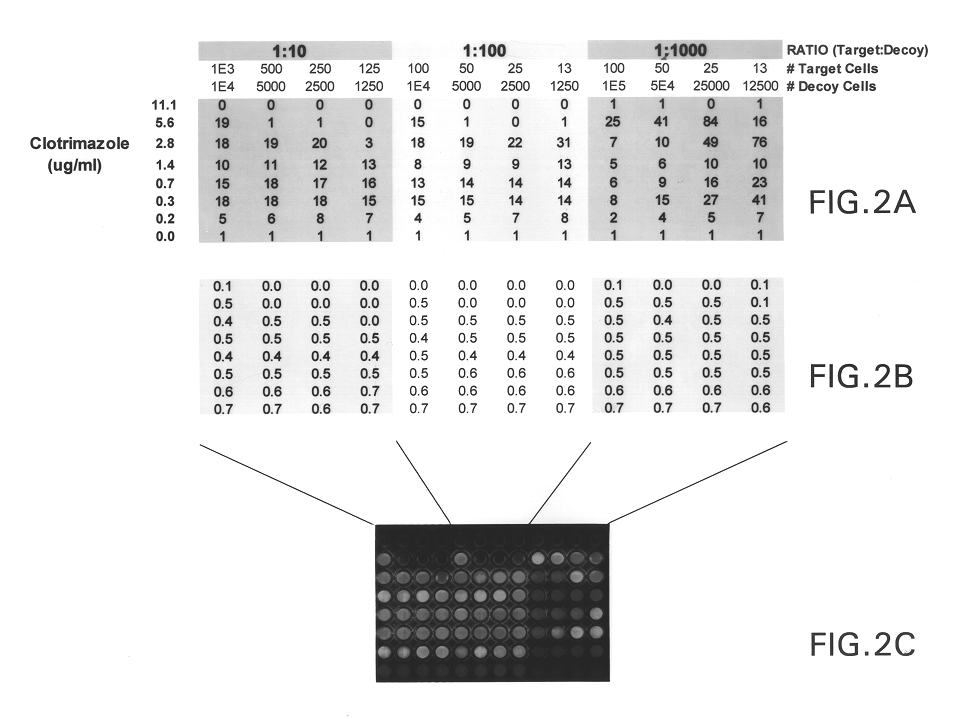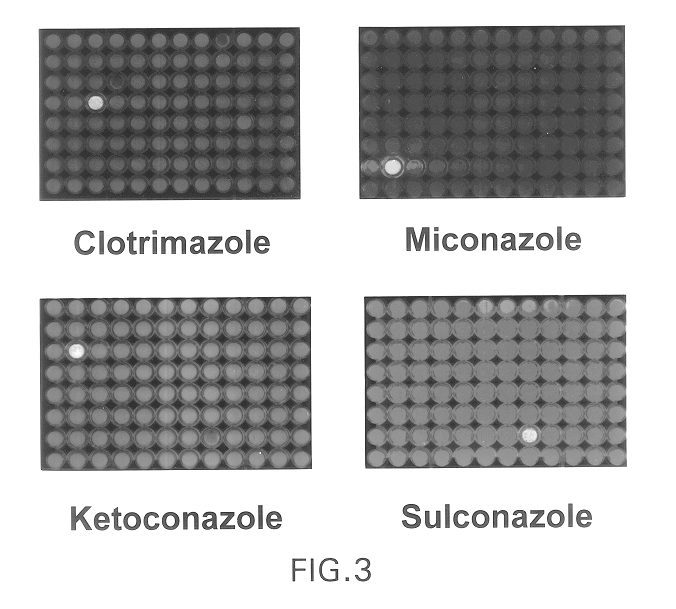Targeted methods of drug screening using co-culture methods
a co-culture method and drug technology, applied in the field of molecules screening, can solve the problems of low success rate of drug development, large lead time and labor, and the need for new antibiotics, etc., to achieve the effect of increasing the ratio of cells having, increasing expression or activity, and increasing the number of reporter cells
- Summary
- Abstract
- Description
- Claims
- Application Information
AI Technical Summary
Benefits of technology
Problems solved by technology
Method used
Image
Examples
Embodiment Construction
The present invention provides methods of screening for molecules that inhibit the activity of specific cellular gene products, wherein the inhibition results in either a reduction or an increase in the fitness of the host cell or organism. The methods are based on a co-culture assay, and entail culturing together two cells, i.e., two cell populations, each of which is a population of identical cells, of the same species that differs substantially only in the expression or activity of the gene to be targeted or its encoded protein and the presence or absence of a reporter gene.
In certain specific embodiment, the screen is applied to cultured cells, including but not limited to mammalian and insect cells. In other embodiments, the screen is applied to a multicellular organism such as C. elegans. In yet other embodiments, the screens is applied to a unicellular organism. In a preferred embodiment, the unicellular organism is the yeast Saccharomyces cerevisiae. In another preferred emb...
PUM
| Property | Measurement | Unit |
|---|---|---|
| Ratio | aaaaa | aaaaa |
| Gene expression profile | aaaaa | aaaaa |
| Wavelength | aaaaa | aaaaa |
Abstract
Description
Claims
Application Information
 Login to View More
Login to View More - R&D
- Intellectual Property
- Life Sciences
- Materials
- Tech Scout
- Unparalleled Data Quality
- Higher Quality Content
- 60% Fewer Hallucinations
Browse by: Latest US Patents, China's latest patents, Technical Efficacy Thesaurus, Application Domain, Technology Topic, Popular Technical Reports.
© 2025 PatSnap. All rights reserved.Legal|Privacy policy|Modern Slavery Act Transparency Statement|Sitemap|About US| Contact US: help@patsnap.com



